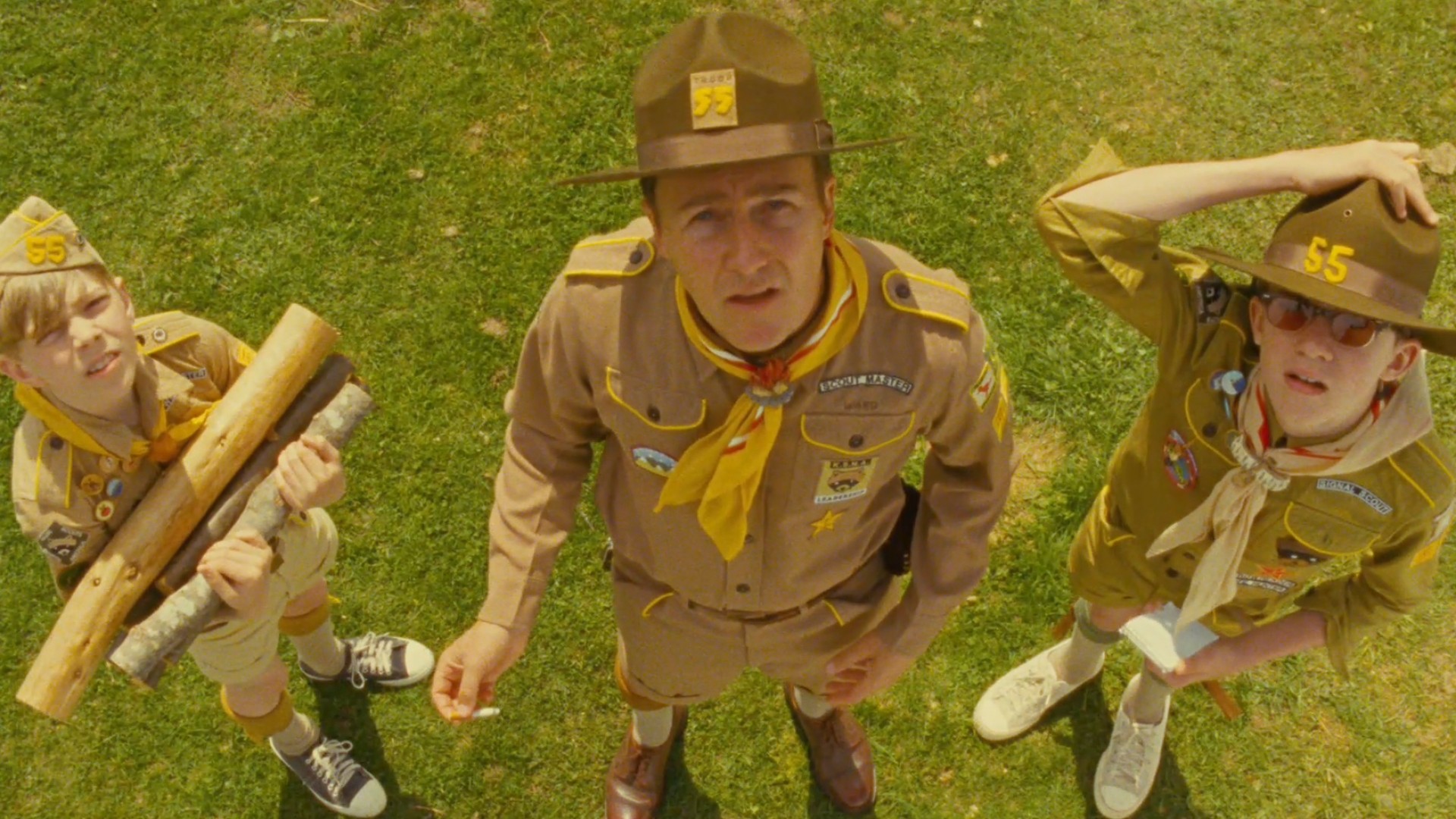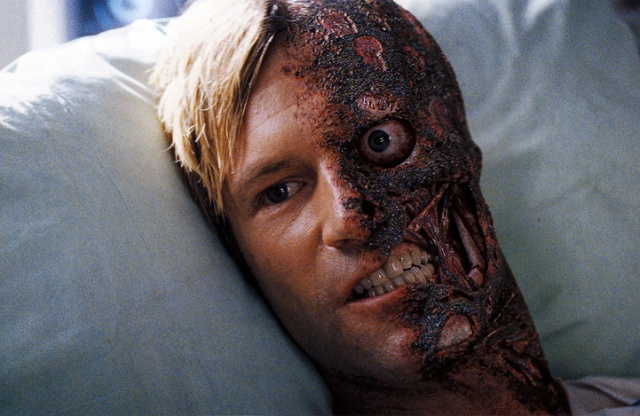In the tute we screened a short film called Rolling – a film made in Film-TV1 a few years ago.
In 300 words or less describe what you thought worked or didn’t. At this stage we don’t expect you to have a great deal of film knowledge or language. Don’t be afraid to use your own words. Things you could talk about – script, casting, timing, camera movement, location. You may not remember much detail, if so, it could be helpful to talk about your first impressions, after all this is what most of us are left with after one viewing.
I thought the story idea was great for a short film. Short films cannot afford to be overcomplicated, so Rolling nailed it – it was simple and straightforward, even heartfelt. I liked how the film opened with the (almost) ending, piquing the audience’s interest in the crazy amount of toilet paper rolls and the plot unfolded via a subsequent flashback. At the end of the film, we return to the beginning scene of the dejected-looking man and his toilet paper rolls, and we find out that he scores a chance at his crush.
It was cliche and predictable, but it was a good example of a simple story idea executed well. It kept the audience engaged and made us all go a little ‘aww’ at the end, which I suppose is what films should do: engage and entertain.
The locations were easy. I think with the short time we have, we may not be able to use too many locations. From what I recall, there were two locations throughout the film: the Asian grocery store and the man’s apartment. The grocer was quiet and pretty much void of people, so that made filming easier. The man’s small apartment also allowed for the camera to easily capture the entire room filled with toilet paper rolls, so we got a sense of how excessive those rolls were. Some aspects to consider when choosing locations: 1) layout – a space where the camera operator can navigate around easily and smoothly is ideal, 2) noise – private property (e.g. the apartment) tend to be quieter, but public spaces (e.g. Asian grocer) may be crowded and noisier. Such noise may hinder filming, so I felt the quiet Asian grocer was perfect for Rolling.
The male lead was fantastic as the awkward secret admirer, but the female lead wasn’t as good an actress – she delivered some of her lines rather unnaturally.




 (Image credit: VICE) Assange used to have a good pal on the Wikileaks team. His name was Daniel Domscheit-Berg (also known as Daniel Schmitt). However, Schmitt left Wikileaks in 2011 after Assange “suspended” him. Schmitt later wrote a book titled Inside Wikileaks: my time with Julian Assange at the world’s most dangerous website. There was a chapter dedicated to Assange. Schmitt spoke about their early friendship. Assange had lived with Schmitt for a period of time, during which Schmitt said Assange was a difficult person to live with. More interesting tales followed. Apparently…
(Image credit: VICE) Assange used to have a good pal on the Wikileaks team. His name was Daniel Domscheit-Berg (also known as Daniel Schmitt). However, Schmitt left Wikileaks in 2011 after Assange “suspended” him. Schmitt later wrote a book titled Inside Wikileaks: my time with Julian Assange at the world’s most dangerous website. There was a chapter dedicated to Assange. Schmitt spoke about their early friendship. Assange had lived with Schmitt for a period of time, during which Schmitt said Assange was a difficult person to live with. More interesting tales followed. Apparently…





